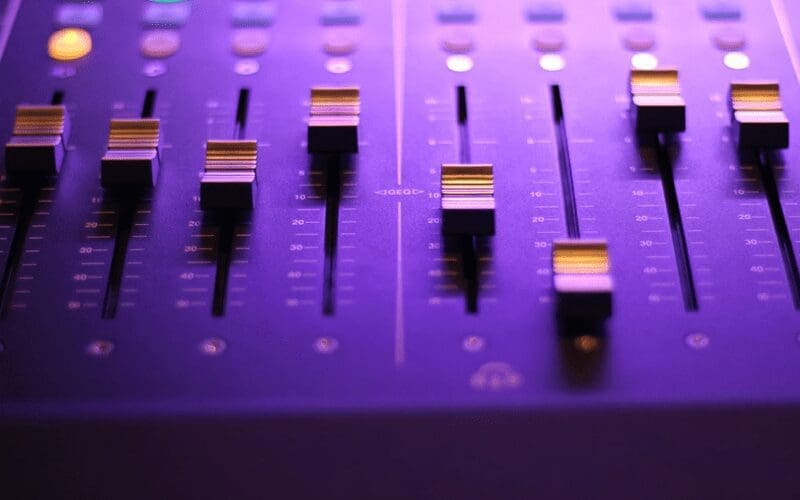Sound design is the process of recording, developing, or producing audio elements. It is used in films, television production, in theatre. And even in video game software development.
The process usually involves manipulating previously composed or recorded audio, i.e. creating music and sound effects. In some instances, sound design involves the composition of recording audio to create a certain tone or effect.
What Is A Sound Designer?
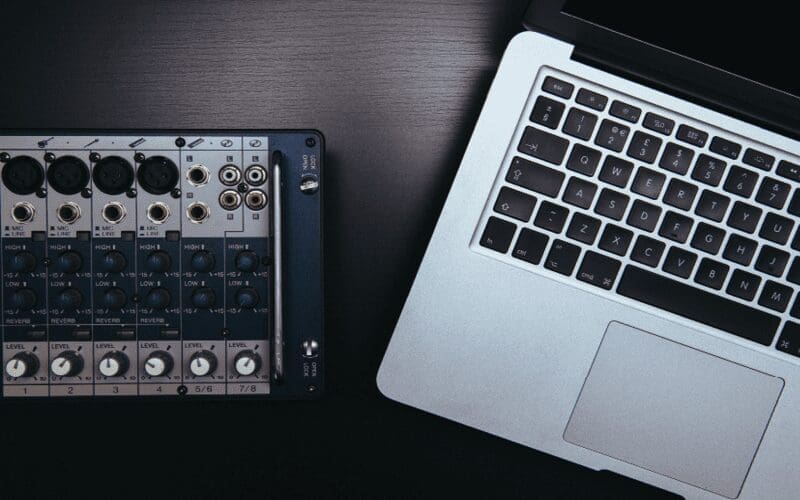
A sound designer is responsible for creating the soundscape for a production team and the post-production process.
The sound designer’s role is to build the sound concept for a project which is done through digital sound processing. Enhancing or altering sounds is a key part of this process. The sound designer does this through synthesisers and samplers. Additionally, audio plug-ins and mixes the audio sounds using a Digital Audio Workstation (DAW).
Sound designers need to have a high level of creativity and be very imaginative. As it is up to them to produce how certain elements will sound.
Ben Burtt, the sound designer behind Star Wars, E.T. and WALL-E, is probably the most well-known sound designer of all time creating some of the most iconic movie sounds.
Iconic Sound Design Elements
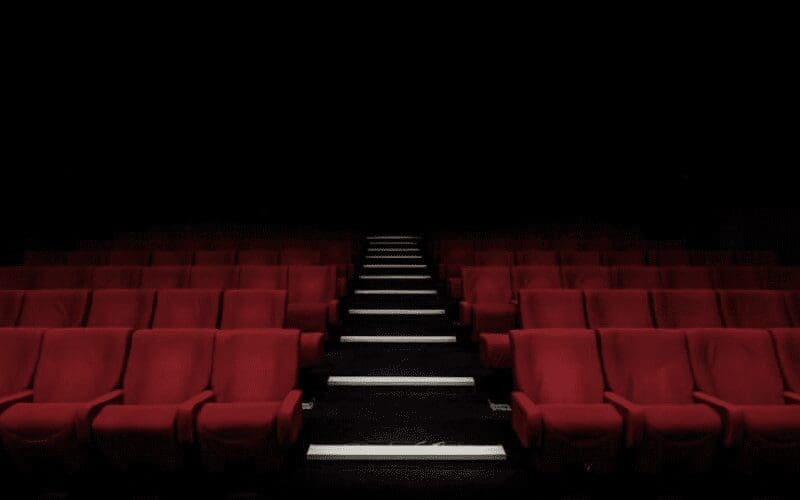
The Dinosaurs – Jurassic Park (1993)
Jurassic Park sound designer Gary Rydstrom was tasked with coming up with dinosaur noises nobody had actually heard. As this animal had been instinctive for over 65 million years, Rydstrom took inspiration from other living animals instead.
Rydstrom manipulated sound from the hoots of geese, the shriek of dolphins and the galloping of horses. Even Rydstrom’s Jack Russell terrier, Buster provided the sound for the terrifying tyrannosaurus rex roar.
All of this became a major success! Rydstrom won two Academy Awards in 1994 for his work on Jurassic Park. He has gone on to win five more for sound design in other films.
The Shower Scene – Psycho (1960)
Along with Bernard Herrmann’s brilliant musical score. This is one of the reasons why the iconic shower scene from the 1960 Psycho is so terrifying.
You do not see Norman Bates repeatedly stab Marion Crane. However, every slice of the knife going into her body is heard.
Long before SFX programmes were invented, Alfred Hitchcock achieved this by stabbing through numerous melons to find the right kind of sound for this iconic scene.
Lightsabers – Star Wars (1977)
The lightsaber sound is essential to the Star Wars universe and the movie culture.
It was the first thing sound designer Ben Burtt made for the films and has remained an integral effect for all 9 of the movies that followed. Burtt was inspired by the trembling pitch of two Simplex projector motors and combined this with the transmission buzz of a TV set.
And there you have it! The basic lightsaber-recorded sound was born.
A final step was needed to create the illusion of a lightsaber in motion. By playing back the hum on loudspeakers and tossing an active microphone in front of monitors, Burtt was able to create the Doppler effect that defines the whooshing lightsaber sound.
Tripod Bellow – War Of The Worlds (2005)
Sound designer Michael Babcock created the frightening horn-like blast released by the Tripods by combining the sounds of a didgeridoo and the djembe – a West African drum.
Before the fighting machines, known as Tripods, appear in this movie, a bellowing sound is heard.
This sound acts as a warning call before the Tripods wreak havoc upon the city. Recordings of rollercoasters, bike chains, and railway trains performed at various speeds in samplers were used to create the Tripods movement.
The Waterphone – Poltergeist (1982), The Matrix (1999)
Although you may be unaware of its name, you have heard the eerie sounds of the Waterphone in movies like Alien, The Matrix, and Poltergeist.
Invented by Richard Waters in the late ’60s, the Waterphone is an instrument consisting of a stainless-steel pan surrounded by metal rods of various lengths. It can be drummed or bowed like a string instrument. Waters makes every model of the instrument himself!
To produce sound, the instrument requires water to be poured into the basin part of the instrument. Varying pitches and tones are created with different water levels. Its unhinged, echoing sound often appears in films to symbolise an unknown happening. The Waterphone has also been used to mimic the sound of aquatic creatures such as whales.
The Sound Design Production Process: Recording and Design
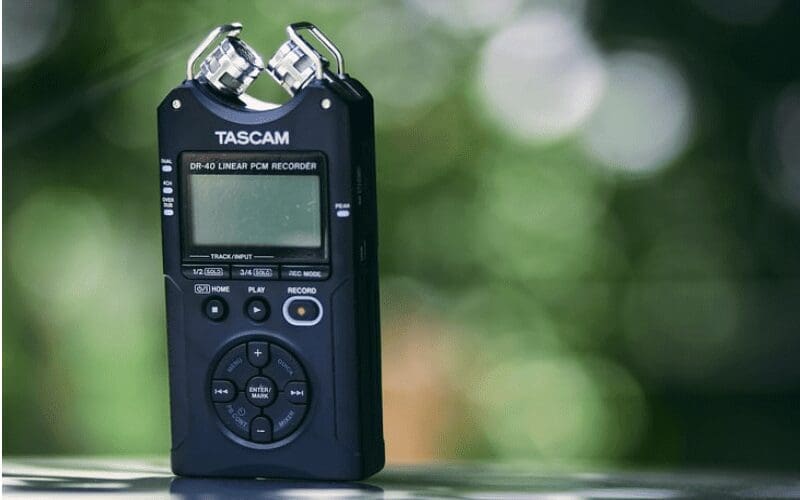
Sound and sound effects can be created in a variety of ways using a range of tools. Sound libraries such as Sonniss or BOOM Library offer a collection of readily available sounds for you to use usually at little cost.
If you are working on a low-end film this could be a great starting point for sound effects however the special effects on offer at sound libraries are very generic.
Another way to build up a collection of sounds is by doing it yourself! The world around us provides a wealth of sounds. The sound of trees rustling in the wind, water running from the tap, or the squeals of animals can all be edited and manipulated to create a certain effect.
Creating sounds digitally from scratch is also another option. To start off with, you will need a MIDI keyboard and software synthesisers such as Spectrasonics for designing sound.
Sound Editing & Implementation
Once your sounds have been recorded you will then need to edit them so that they can be implemented into your project.
The process of editing is essentially cleaning and rearranging audio so that it fits in with what you are working on i.e. cutting down a 2-minute-long recording of eerie sounds to confidence with that 20-second scene in a horror movie.
Most sound designers working in movies, tv shows, etc. will also need to sync sounds together and add an extra layer of special effects. This can be done using software such as Avid Pro Tools and similar digital audio workstations.
When applying sound to a game or an app, a sound engine, software that bridges the gap between audio editing software and the final project, needs to be used. Sound engines are needed for interactive projects like video games because the sound is different from the linear sound in movies.
Sound Effect Recording Mix
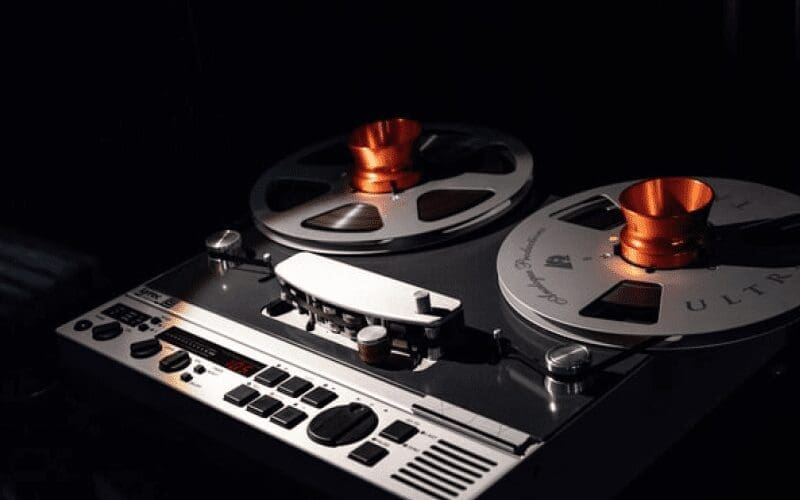
After the sounds have been edited, they are now ready to mix into projects.
For movies, this process entails the sound effect mixer working with other audio mixers to decide on the volume and level of special effects in the project.
For apps and video games, the sound effect mixing happens in real-time. This is achieved through scripts that are written and then embedded into the programme so that sound effects take place as people use and interact with the app or play the video game.
Real Sound Design
Real sound design is the process of sonically recreating scenes and sounds that occur in real life.
While it may sound easier than a creative sound design, the devil is in the details. Even in the most basic scene–let us say, a character combing their hair – every noise must be added by the sound designer.
Picking up the brush, combing through the strands of hair, clothes rustling, maybe birds faintly singing outside…and that is just scratching the surface! As you can expect, foley plays a huge role in realistic sound design.
Where Can You Learn Sound Design?
Although there are many courses out there for sound design ranging from 1-year diplomas to master degrees, it is possible to become a sound designer with a non-degree certificate. Short courses can still be sufficient enough to land yourself a role as gaining experience in sound design is key.
In the states, the University of California, Irvine, Michigan Tech and Savannah College of Art and Design are the top three schools offering the highest-rated courses in sound design. Students in these courses complete classes in sound mixing, sound editing and recording practices. They also learn about Musical Instrument Digital Interface (MIDI) and how to effectively use software such as Pro Tools, Final Cut Pro and other industry-related programmes.
Similar courses are offered by Staffordshire University, UAL and London South Bank University in the UK.
There are also many online courses and masterclasses that can help you gain the key skills that every sound designer exhibits such as being able to synthesise and sample music for music production or digital sound recreation.
Conclusion – What Is Sound Design?
In order to be a successful Sound Designer, you must have a range of creative and technical skill sets. This includes a well-established sense of hearing and an understanding of musical history.
Technical skills across a variety of computer operating systems and audio software are fundamental as well as the capability to learn new concepts and quickly get to grips with new equipment,
Nevertheless, a high level of creativity is needed in sound design. For either a game, movie, or live theatre production, sound designers must use sound to tell a story.
Scenes in movies like The Matrix or Star Wars are iconic because of the imagery. But it’s what we hear as well as what we see that makes these movies so memorable. If you’re interested in Film, check out our list of top filmmakers!





